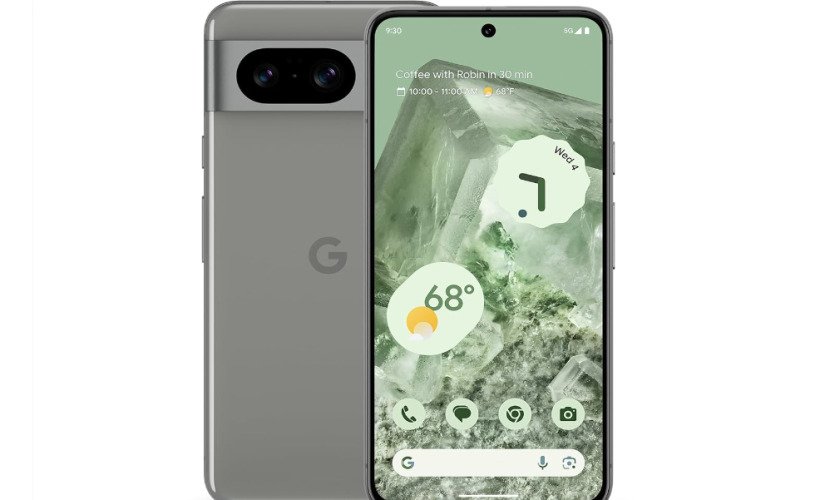Google’s upcoming Pixel 9 phone is set to revolutionize the way we use our devices. It will be capable of executing “complex and multimodal tasks,” such as using the phone’s camera to capture a product and then providing directions to a nearby store where the product can be purchased.
Google is at the forefront of integrating artificial intelligence into smartphones, with its Pixel 8 and Pixel 8 Pro models boasting more AI capabilities than most other devices on the market. It appears that the upcoming Pixel 9 and Pixel 9 Pro could further advance this trend, taking a significant leap in AI integration.
The Pixel 9 phone will be powered by Gemini Nano, Google’s most advanced AI model to date. This will be complemented by Pixie, a new, sophisticated AI assistant that will be exclusive to Pixel devices. Pixie is designed to enhance the capabilities of Google’s flagship smartphone, working in tandem with native products like Gmail and Maps to evolve into a more personalized version of Google Assistant.
According to a report, this additional release is part of Google’s strategy to stay competitive with OpenAI in the rapidly advancing field of artificial intelligence. However, it’s important to note that this is a race with no definitive finish line.
As the anticipation for the Pixel 9 phone grows, especially following the introduction of Gemini and Pixie, many are curious about its release date and cost. While there is no confirmed release date for the Pixel 9 phone, recent trends suggest that October could be the month for the latest model’s launch. This is a trend that is reflected across the industry. As we move into 2024, we await further information.
In terms of cost, a price increase is expected for the new Google phone, following the trend set by the previous Pixel 8 and 8 Pro models. Each model has typically seen a price point increase of $100 per model, suggesting that the Pixel 9 phone and Pixel 9 Pro handsets could be priced at $699 and $999, respectively.
Phone reviewer has hinted that the new phone may feature a more prominent display and improved camera capabilities. At this stage, there is a lot of speculation, but the prospect of Pixie, running on Gemini Nano, which is specifically designed for mobile, is certainly appealing.
However, Google’s growing list of offerings, including Pixie for Pixel running on Gemini Nano on mobile, could potentially be a stumbling block when connecting with consumers.
This is especially true when compared to OpenAI, which appears to be maintaining a relatively simple structure. It’s important to remember that each of these offerings, including Gemini Ultra, Pro, and Bard, have different specifications

